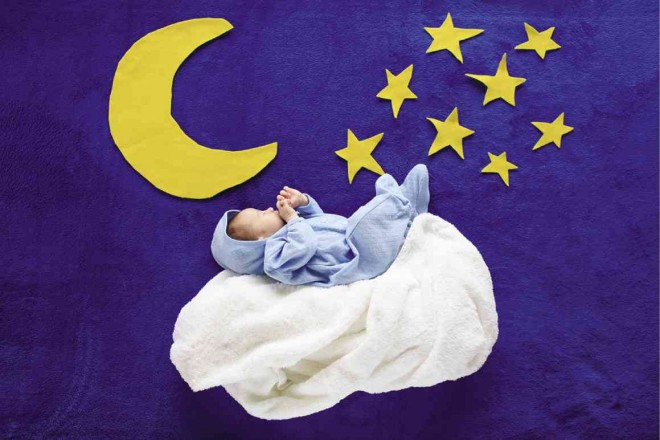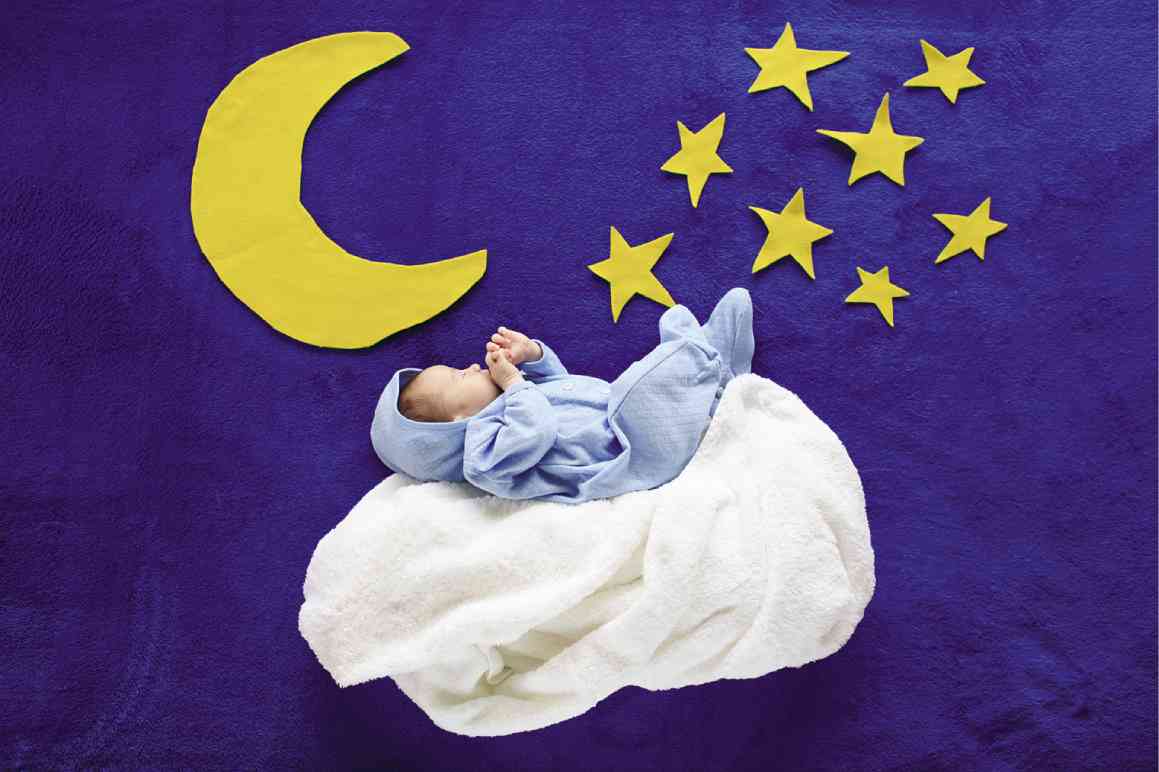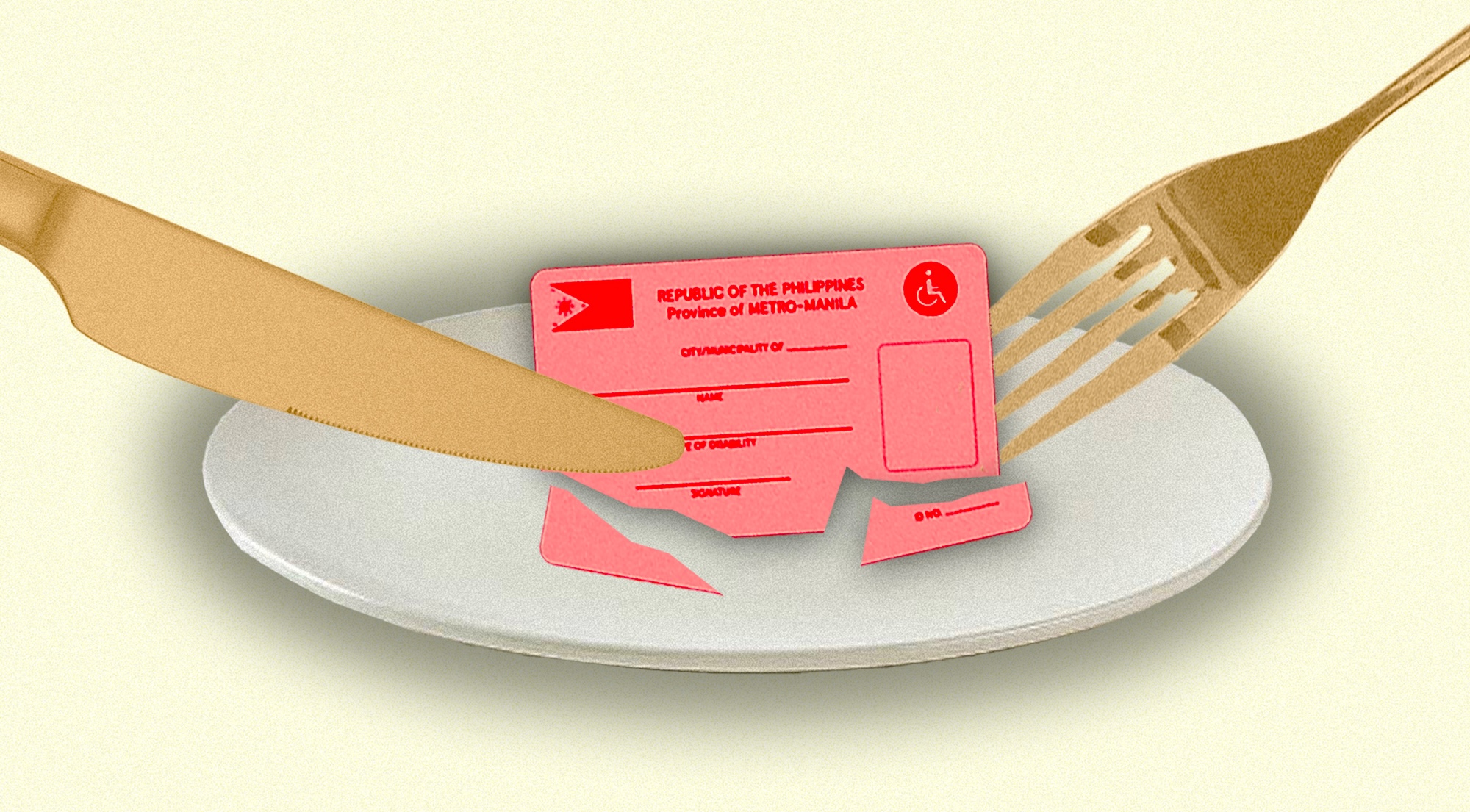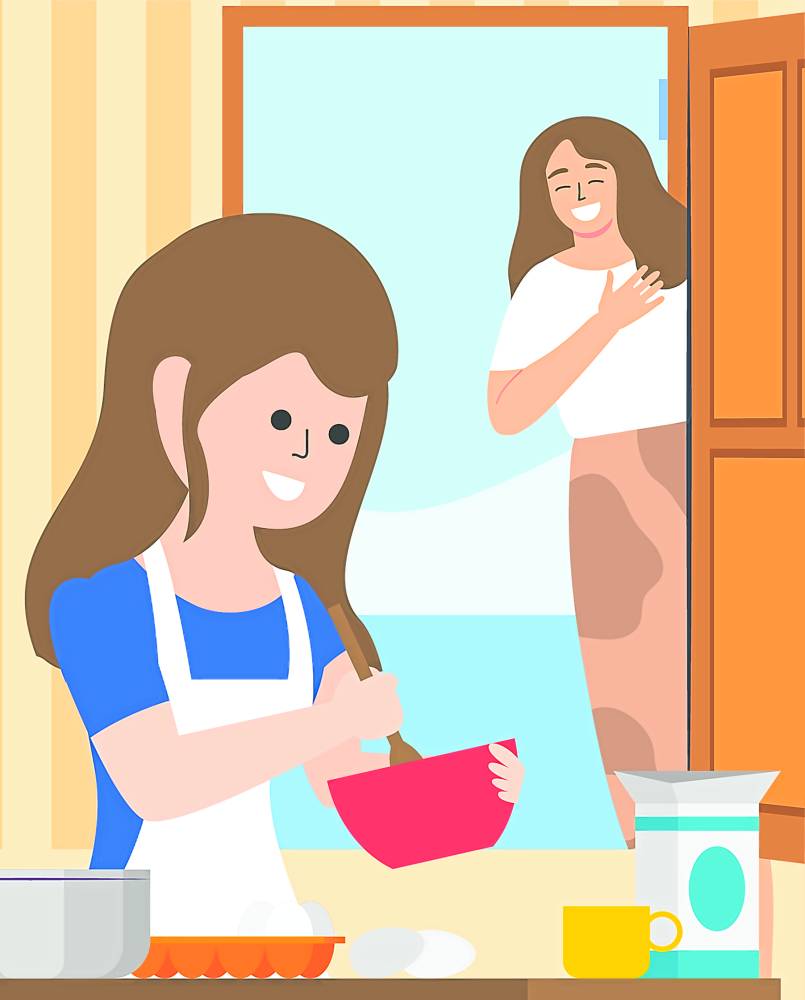

But photographs don’t lie. While getting down to work on his yearlong delayed newborn album, I was hit with a wave of nostalgia going through image after image of tiny feet that had yet to touch the earth, and hands that were coiled into tight fists, still unsure of what they could hold on to.
Ironically, I can’t seem to recall much from the first few weeks or first month of his birth. Sure, there are certain details that stand out but yesterday, to my surprise, I could hardly remember the feeding habits of Santi during his first month—even if he slept by my side every night for the whole year that I nursed him.
Fortunately, I now have an album full of images to remind me of how truly special those moments were.
But while I love my children’s newborn photos, they are not as easy to take. While the results are amazing, the process is filled with failed shots, bad lighting and awkward poses.
If you can’t do it yourself, there are professional photographers such as Tessa Aquino (0917-5652280, e-mail tessa.aquino@yahoo.com) or Stanley Ong (stanong@stanleyongphotography.com).
Here are some tips I gathered from my experience with different studios, along with inputs from photographers:
1) When taking pictures of newborn babies, remember that you have a very small window of time to get “folded” poses. Try to take photos between the baby’s 7th and 10th day since the baby can pretty much sleep through any pose and be flexible.
2) Research and choose your theme in advance, be it whimsical or classic. Print samples of the looks you want, so no time is wasted experimenting or thinking of cute looks at the expense of your baby’s sleeping time or comfort.
3) Speaking of comfort, before actually shooting with a baby, practice the shot and get the lighting, angles, etc. you want by first using a doll as model. Once you have the exact composition and positioning down pat, get the baby and shoot as quickly as possible.
And since your baby will be nude, or wearing just a diaper at times, control the room temperature to protect your baby from catching a cold. Remember to have a blanket on hand to immediately put over the baby after the shot is taken.
Try to find a cloth diaper—rather than the disposable kind—for your baby to wear for a more natural effect. But for the nude shots, remember to keep your baby’s private parts covered.
4) Though babies are adorable and look precious in any pose, keeping their arms and legs tucked in would avoid awkward shots. If their arms and hands are out, try opening their fists for a more relaxed feel.
5) Lighting is a personal preference. Some people prefer natural light while others argue that using flash allows them to get clearer images. For professional photographers using big soft boxes to diffuse the flash, that’s no problem. However, for parents with ordinary cameras, use as much natural light as possible because a strong flash is not advisable for a newborn’s eyes.
Find a room with the most amount of light. It also helps to shoot early in the day with morning sun as your light source.
6) There is nothing cuter than photos of babies “folded” or “bundled” up, but do not force a baby into any position that he/she is not comfortable in. Most of those folded shots are done by professional photographers.
7) The photo session could take three hours to accommodate feeding, cleaning up and naps, but no more than four hours to avoid baby fatigue and crankiness. If the baby is sleepy, use that time to take still shots of his feet and hands. However, work as quickly as possible while the baby is awake. Babies do not know how to hold a pose and you will need to be ready to catch every moment when it comes.
8) There are many things you can use for props if you look around your home. A basket, a thick fleece blanket, among others, can be used in different ways. But perhaps the most useful are the basics: a black cloth and a white blanket. Since the attention is on the baby, there is no need to prepare an overly detailed backdrop or setting, unless you are aiming for a specific look. But in general, photos showing baby feet, hands and face are best shot against a plain backdrop.
9) Learn to use your camera’s zoom and cropping functions. In my case, I find that an otherwise normal shot can suddenly look outstanding with the right amount of zoom and which part to crop the image. Add a black-and-white or sepia filter and you can have a winning shot.
10) Be flexible and realistic. Be ready for incidents such as baby peeing on the bed or even on you. Do not insist on getting a dozen “perfect” shots. If you can get just a single but wonderful shot, that should be fine.










































